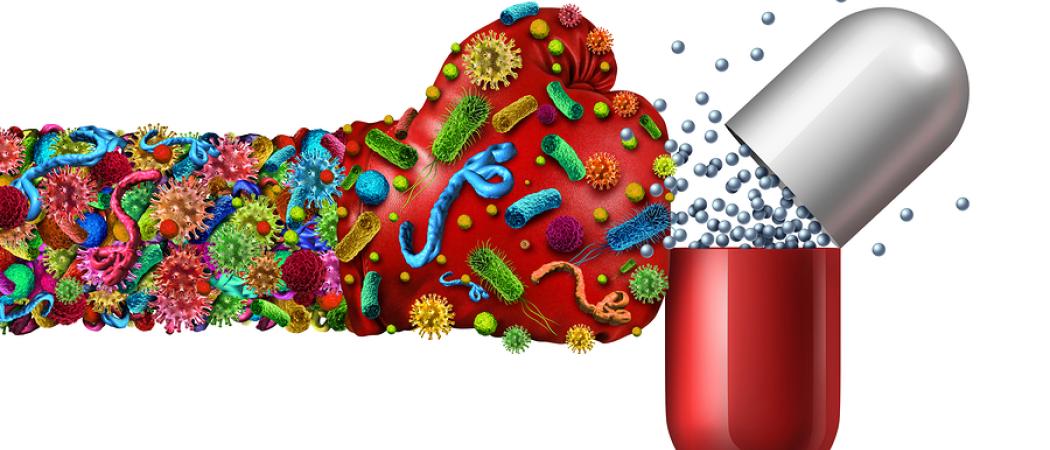As member states push for a new research partnership on antimicrobial resistance, EU auditors say efforts to date have failed to reduce the threat to human health

There is little evidence EU efforts to tackle antimicrobial resistance (AMR) have reduced the health burden caused by bacteria developing immunity to antibiotics, though there has been progress in addressing the overuse of antibiotics in animals, a major catalyst for superbugs, according to the latest report from the European Court of Auditors (ECA).
The report comes as plans are being laid for a new research partnership on AMR, to be funded through Horizon Europe, the EU’s next research programme.
Unusually, the initial proposal for this AMR partnership in Horizon Europe came from national governments not from the European Commission.
Both the proposed new partnership and the EU’s existing AMR policies fall under the heading of ‘One Health,’ highlighting the fact that causes and effects of AMR cut across human and animal health and the environment. For example, farmers use antibiotics preventatively – and unnecessarily - to avoid infections in livestock, driving the development of resistance. Antibiotics excreted by animals pass into watercourses and can induce resistance genes in the wild. Overuse and inappropriate use of antibiotics in humans, coupled to poor infection control measures, also promotes resistance.
It is estimated 33,000 people die in the EU each year from infections caused by drug resistant bacteria. The annual cost of care and lost productivity is said to be €1.5 billion
Most anti-AMR policies in the EU today are the responsibility of member states and outside the ECA’s oversight. However, the report notes that national actions led to an overall 20 per cent reduction in sales of veterinary antibiotics in the EU between 2011 and 2016, even though sales increased by more than 5 per cent in six member states.
The EU does play a role in supporting scientific research, in coordinating national efforts against AMR and in monitoring the extent of the problem across Europe.
Over 99 per cent of the EU budget for AMR goes into research, or around €1.5 billion since 2004. This includes €367 million for New Drugs for Bad Bugs, which was funded through Framework Programme 7, and the Joint Programming Initiative on Antimicrobial Resistance, which coordinates national research efforts.
Despite this investment, the auditors say EU-funded research has not yet led to any major breakthroughs in the fight against AMR.
The auditors also found that pan-European surveillance of superbug infections in the healthcare sector is patchy, even though there are efforts to coordinate national monitoring through the European Centre for Disease Prevention and Control. Part of the problem is the cost and complexity involved in collecting the necessary patient information from hospitals.
Besides scientific research, the EU also funds the Joint Action on Antimicrobial Resistance (JAMARI), which aims to help member states share information, develop new strategies and align their activities. The auditors say JAMARI has been relatively successful, despite some delays, but its long-term impact on the AMR problem remains to be seen and will depend on how well member states implement the policy tools developed by JAMARI.
The auditors recommend EU support for national action plans should be strengthened, for example, by promoting the findings of policy coordination efforts like JAMARI and improving monitoring of AMR across European countries. They also call for better surveillance of the use of antibiotics in farm animals, and for further research to address the market failure which means pharmaceutical companies have little commercial incentive to develop new antibiotics.





 A unique international forum for public research organisations and companies to connect their external engagement with strategic interests around their R&D system.
A unique international forum for public research organisations and companies to connect their external engagement with strategic interests around their R&D system.